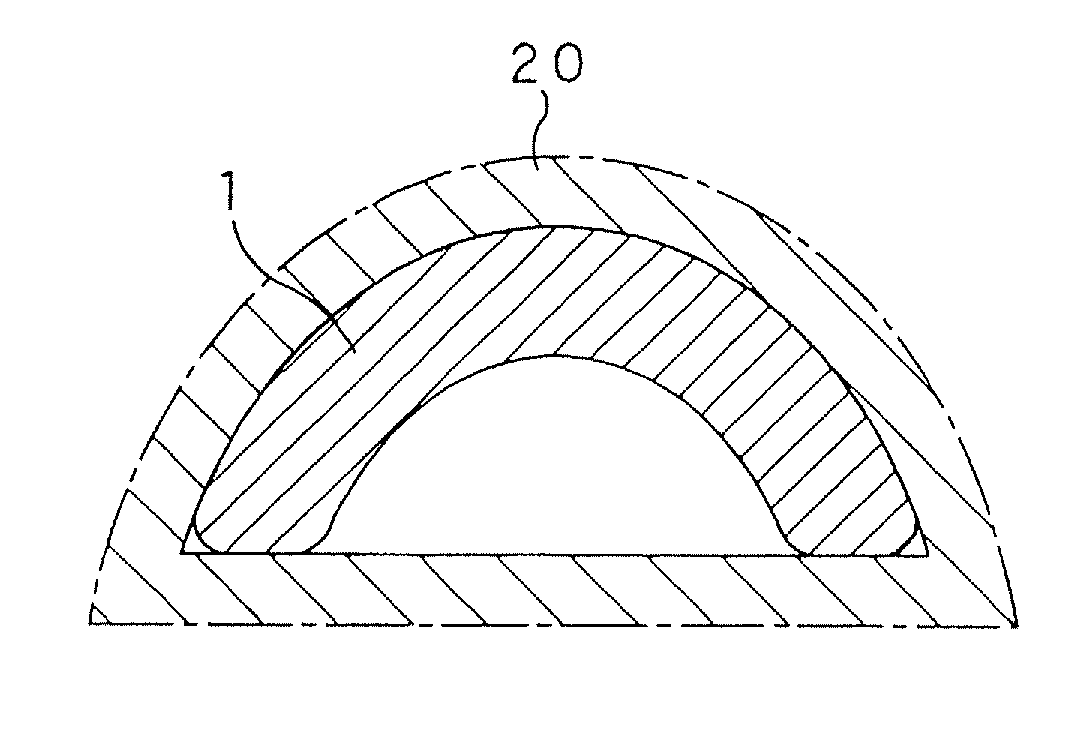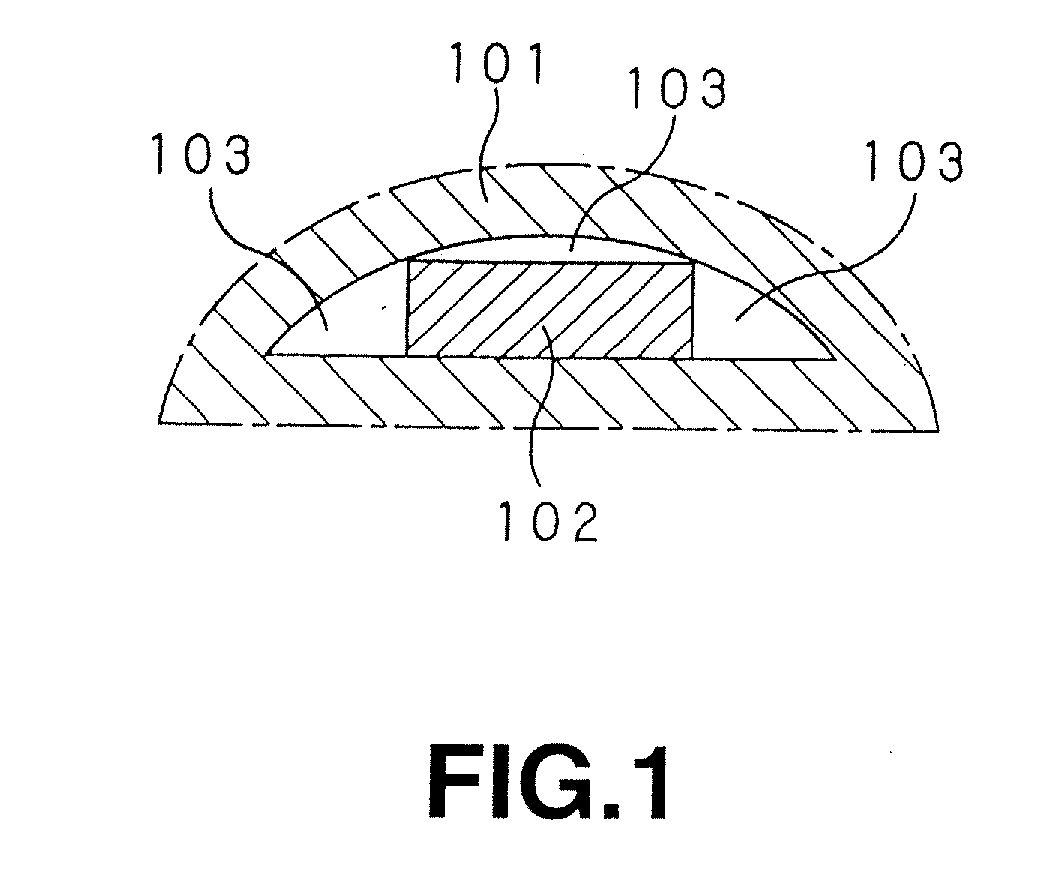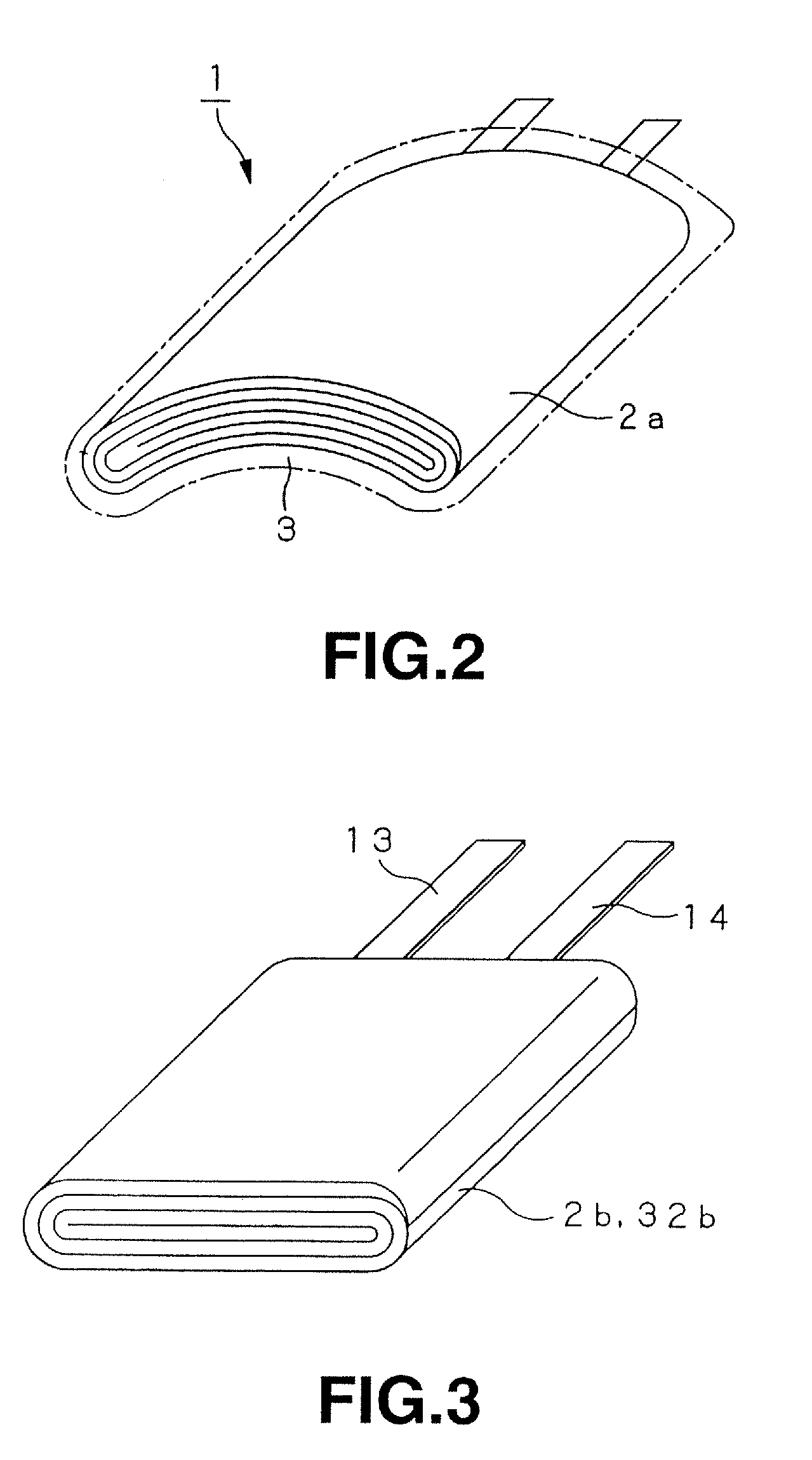Polymer Electrolyte Battery and Method for Manufacturing Same
a technology of polymer electrolyte and electrolyte, which is applied in the direction of wound/folded electrode electrodes, non-aqueous electrolyte cells, non-metal conductors, etc., can solve the problems of inconvenient generation, inability to efficiently use the inner space of the electronic device b>101/b>, and inability to use the space efficiently, etc., to achieve good battery characteristics
- Summary
- Abstract
- Description
- Claims
- Application Information
AI Technical Summary
Benefits of technology
Problems solved by technology
Method used
Image
Examples
example 1
[Manufacture of Cathode]
[0105] As components of a cathode composite mixture, LiCoO2 of 92 parts by weight as a cathode active material, powdered graphite of 5 parts by weight as a conductive material and powdered polyvinylidene fluoride of 3 parts by weight as a binding agent were measured and used. Then, these components were dispersed in N-methyl pyrrolidone to prepare the slurry of the cathode composite mixture.
[0106] The cathode composite mixture thus prepared was uniformly applied to both the surfaces of a cathode current collector made of an aluminum foil (having the thickness of 20 m), and then dried under reduced pressure at the temperature of 100° C. for 24 hours so that cathode active material layers were formed. Then, the cathode active material layers were compression-molded by using a roll press machine to form a cathode sheet. After that, the cathode sheet was cut to manufacture a band shape cathode having length of 50 mm and width of 300 mm. As a cathode lead, an al...
example 2
[0114] A polymer electrolyte battery was manufactured in the same manner as that of the Example 1 except that a flat type battery element sealed in outer package films was subjected to a thermocompression bonding process by using a heat press machine including a recessed heater block and a flat surface type heater block so that the section of the battery element perpendicular to a coiling axis had a substantially semicircular form.
example 3
[0115] A polymer electrolyte battery was manufactured in the same manner as that of the Example 1 except that a flat type battery element sealed in outer package films was subjected to a thermocompression bonding process by using a heat press machine including a recessed heater block having a flat surface part in the central part of a curved surface part and a silicon rubber sheet with the thickness of 1 mm stuck thereto and a protruding heater block having a flat surface part in the central part of a curved surface part so that the section of the battery element perpendicular to a coiling axis had a curved form having a flat part at least in a part thereof.
PUM
| Property | Measurement | Unit |
|---|---|---|
| thickness | aaaaa | aaaaa |
| temperature | aaaaa | aaaaa |
| width | aaaaa | aaaaa |
Abstract
Description
Claims
Application Information
 Login to View More
Login to View More - R&D
- Intellectual Property
- Life Sciences
- Materials
- Tech Scout
- Unparalleled Data Quality
- Higher Quality Content
- 60% Fewer Hallucinations
Browse by: Latest US Patents, China's latest patents, Technical Efficacy Thesaurus, Application Domain, Technology Topic, Popular Technical Reports.
© 2025 PatSnap. All rights reserved.Legal|Privacy policy|Modern Slavery Act Transparency Statement|Sitemap|About US| Contact US: help@patsnap.com



